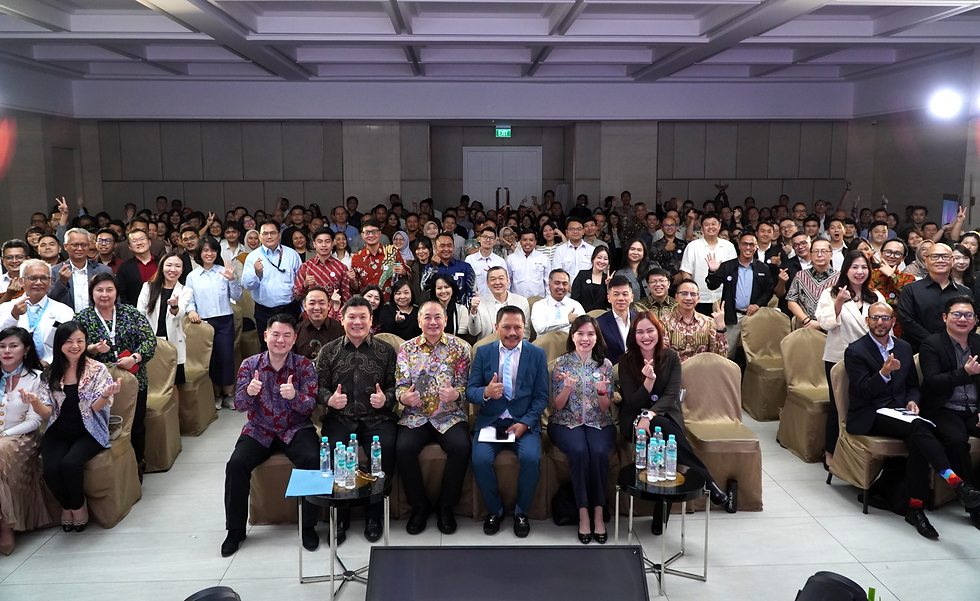Mastering the Four Cs: A Blueprint for Comprehensive AI Literacy in the Workforce
- TechConnect

- Dec 11, 2023
- 3 min read

Picture source: Brno Daily
Artificial intelligence (AI) has become an integral part of our daily lives in ways we don't even realize. From the personalized recommendations you receive on streaming platforms to the voice-activated virtual assistants that help you manage your schedule, AI is everywhere. It's on our smartphones, in our cars, at work, and even in our homes. It shapes industries, drives innovation and changes the way we interact with the world. As AI continues to penetrate every aspect of our existence, a new form of literacy is needed: AI literacy. Understanding AI now extends beyond computer scientists and data analysts, as it becomes more than just a technical tool and has significant social impact. It is becoming more and more important to everyone.
We are witnessing the rise of a new type of literacy, AI literacy, that will complement digital literacy in the workplace of the future. But what are AI capabilities, and how can you acquire them? Some may need or desire a deeper knowledge of data science, algorithms, and programming, but comprehensive AI Skills can be acquired through the four Cs:
Concepts
AI operates according to certain core concepts. For example, most AIs need to learn, and this learning occurs through examination of past data or through trial-and-error experimentation and adaptation. For humans, understanding AI's learning needs provides great insight into the technology's capabilities and its limitations. Many AIs use data for learning, so this concept helps people understand the relationship between personal data and AI that interacts with it.
Context
The use of AI, its strengths and limitations, and its suitability can be highly context-dependent. For example, if an AI recommends a movie to me, the worst-case scenario could be that we end up watching parts of the movie that we don't like. If this happens too often, it might be worrying for the movie provider and I might get frustrated and stop using the service, but that's about the extent of the damage. On the other hand, AI errors in the medical field can easily become life-threatening. Financial AI errors can harm both users and businesses through subsequent litigation. Accusations of AI bias can damage a company's brand image. As with most technologies, technological advances are outpacing regulatory advances. Understanding these relationships can help industries implement best practices to protect themselves and their customers while managing risk and achieving maximum return on investment.
Capability
As AI becomes more widespread, many people will need to take action against it. The actions themselves can vary greatly. For example, a parent may need to coach their child to communicate with their digital assistant while maintaining privacy. Physicians may need to understand what AI tools are available in their practice and how those tools work. Application programmers may need to learn how to create and integrate AI into their applications. Legislators may need to explore measurable AI to promote effective regulatory approaches. Each of these requires not only understanding the core concept, but also learning how to apply it in a context-specific way.
Creativity
After all, AI is all around us, but we are only in the early stages of applying AI technology. AI is being applied to everything from generating music to writing entire books, and new applications are emerging every day. Expanding AI literacy to people from more diverse backgrounds and circumstances will further expand the workforce's ability to imagine new ways to apply and benefit from AI technologies.
Source: Forbes, Datacamp





Comments